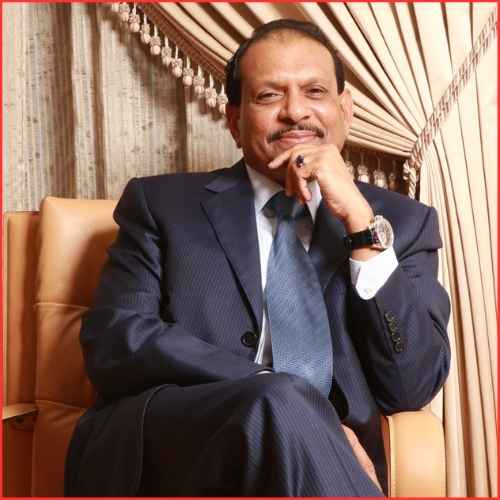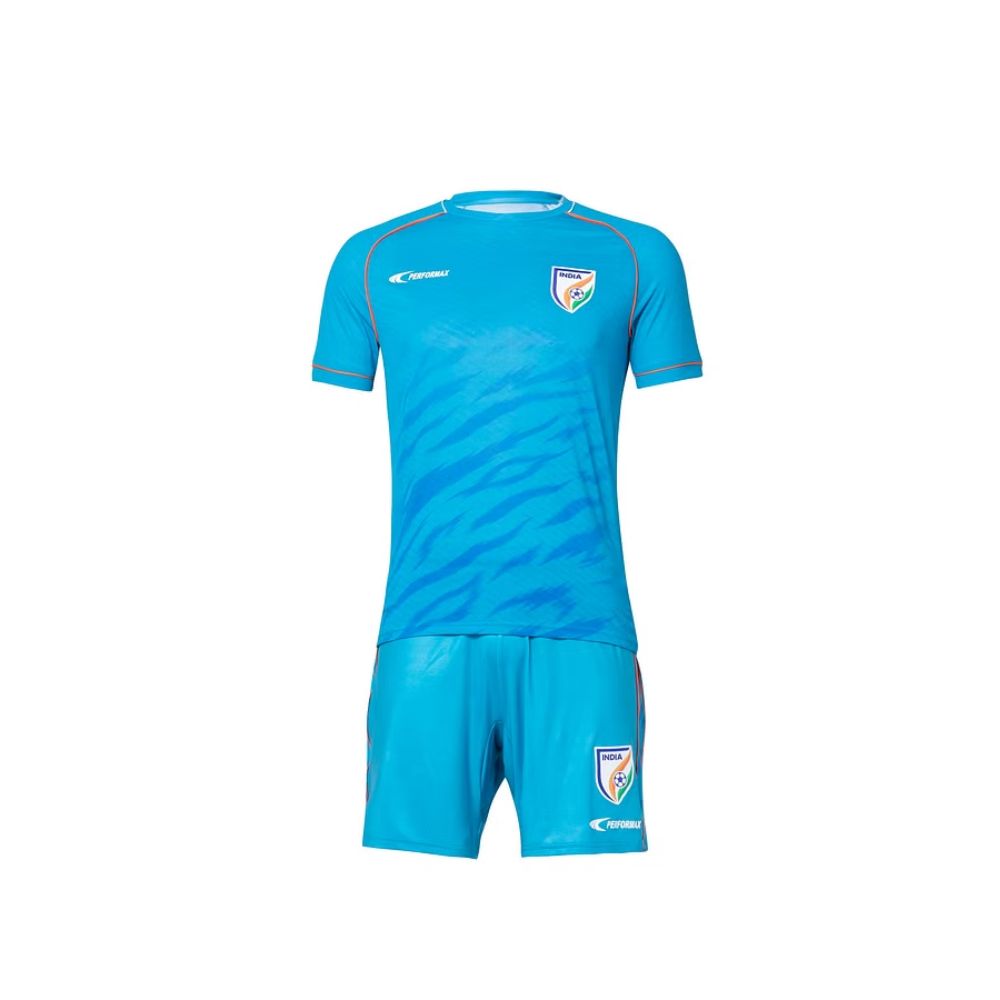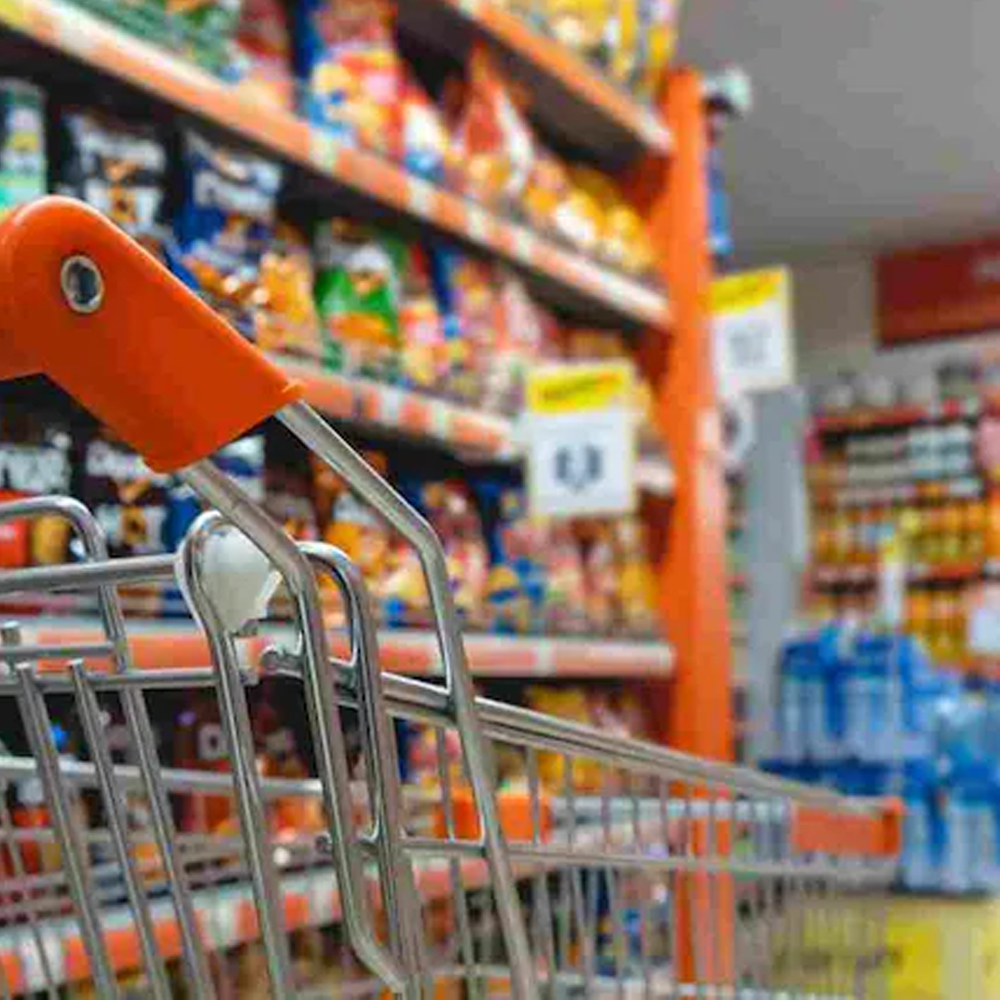Meesho is an e-commerce platform that has shifted its focus from resellers to Tier 2 and 3 cities, resulting in record growth. Sanjeev Barnwal, Meesho’s co-founder and CTO, spoke to Indianexpress.com about the company’s mission.
Meesho may not be the first shopping app that comes to mind when people think of India, but thanks to its concentration on Tier 2 and 3 cities, the app has achieved unprecedented growth. According to a recent analysis by Data.AI (previously known as AppAnnie), Meesho saw record monthly active users and breakout downloads in the Indian market in 2021.
But what does Meesho have to offer, and who are its buyers and sellers? Sanjeev Barnwal, co-founder and Chief Technical Officer of Meesho, spoke with Indianexpress.com to learn more about the e-commerce platform, which is largely focused on unbranded retail and consumers in non-metros. Excerpts that have been edited:
What is Meesho?
Barnwal: Meesho is a shopping mall. We delve further into various parts of the country in order to get all of the unbranded materials available. Suppliers from key industrial centers such as Surat and Jaipur, on the one hand, list all of the products on our marketplace. Resellers who use Meesho to run their businesses are on the other side of the marketplace. This group was the majority around a year and a half ago. We use a third-party logistics ecosystem and don’t keep inventories in-house.
What distinguishes Meesho from other e-commerce platforms? Who are the primary users? What kind of expansion has it experienced?
Our users are price-conscious, and we’re on a mission to make internet commerce more accessible to everyone. For users in every tier-one city, other e-commerce platforms have been able to fix this difficulty. Our customers are the next generation of online users, many of whom are gradually becoming comfortable with spending time online. Many of them have begun to shop online through Meesho as well. Our core audience consists of people from small communities. We have a presence in over 5,000 communities, especially in low and middle-income areas.
Meesho has always catered to this demographic. However, the Covid-19 pandemic has accelerated a transition that would have taken years for Indian customers to grow comfortable with buying online. It has aided us in achieving rapid growth and a large user base. In terms of the number of users and all other measures, we’ve increased by 5x in the last year. And, as a result of the large number of customers that have come online, we have immediately altered our platform in terms of the purchasing experience.
When it comes to maintaining an unbranded e-commerce platform, what technologies does Meesho use? What are the difficulties in running a platform like this?
It is easier in a branded e-commerce marketplace because a brand offers a particular level of quality, has standardisation, and so on. How can you know whether the goods he claims to sell are correct when you go to an unbranded marketplace like ours and onboard a new supplier? Is it true that he claims the size to be L? Quality is a subjective criterion.
We look at the product data when a new supplier uploads a product, but we also utilise deep learning algorithms to extract information from the image he has supplied. You can get a feel of what this product is based on that. Now we’re attempting to expose it to the appropriate user audience; not everyone, but a subset of users who, according to the algorithm, are more likely to purchase one of these products. We get some data from it, and we also look at consumer interactions before and after the purchase, return percentages, and so on.
Then we decide whether or not this supplier’s product will be given further exposure. We ensure that our system manages each seller’s visibility while maintaining fairness. We make sure he only scales when his performance exceeds a particular threshold.
We also return the favor to the provider by providing appropriate feedback on what areas he has to improve, and so on. And it’s here that we have a price suggestion for these tiny firms. For small businesses, determining the proper pricing for a product is extremely challenging. How do you price an unbranded Kurti, for example? We use data science to assist them with price recommendations. To ensure that this marketplace remains fair, a number of algorithms are in play.
What are the sources of users? How many Meesho merchants are there? What are the most important categories?
Currently, approximately 5% of the Indian population transacts with us. We now have almost 4 lakh sellers on board. The majority of the downloads come from tiny towns in Jharkhand, Odisha, Maharashtra, West Bengal, and the North-East.
Women’s fashion is the most popular category, with ethnic, western, and other subcategories. Men’s fashion and beauty are two of the upcoming categories.
What has aided Meesho in increasing app downloads? Is there a specific cause for the increase?
In India, we have the lightest e-commerce app. Our app is only 14.5 MB in size, as opposed to 55 MB or more. This is important for users in smaller cities, and we’ve noticed a strong correlation between APK size and install rates. These customers are simply not comfortable installing an app that is larger than 35MB because they believe it would consume too much bandwidth. Furthermore, the phones they have are primarily low-cost smartphones running earlier versions of Android. Then there’s the issue of network connectivity, which isn’t always reliable. We’ve spent a lot of time optimising these features to ensure that this app is user-friendly.
APK size is a top-of-mind challenge for our Android engineers whenever we create or add a new feature. Our users are still hesitant to make purchases online or spend time on the internet. As a result, you must make the experience as simple as possible for them.
On the app, what level of personalization do you provide?
Ecommerce apps are notoriously difficult to develop. We’ve always attempted to keep the user experience (UX) as basic as possible. We make sure that your homepage is personalised when you first start the app. We try to infer intent based on your previous interactions, any data you’ve shared with us, your previous browsing behavior, and maybe a host of other information you provided during onboarding. This personalization has resulted in a 50 percent increase in orders per user. The majority of the personalization settings we employ are more implicit.
On the app, what kind of personalization do you provide?
Inherently, e-commerce apps are complicated. We’ve always attempted to keep the user experience (UX) as straightforward as possible. When you first start the app, we personalise the homepage for you. We try to infer your intent based on your previous interactions, any data you’ve given with us, your previous browsing history, and maybe a variety of other information you provided throughout the onboarding process. Personalization has resulted in a 50 percent increase in orders per user. We employ a lot of implicit parameters for personalization.
We provide a feed based on the user’s engagement, which includes the types of categories he or she prefers, the types of price category combinations, and so on. To create these feeds, we employ a combination of deep learning, collaborative filtering, and a variety of other techniques.
What is Meesho’s income model?
Meesho also gets money through advertisements. While we gain money from advertisements, we make certain that our users’ experience is not harmed.
What about Meesho’s fraud complaints? In the year 2021, it was reported that some customers received things that they had not bought.
At the time, we had released a statement. We do, however, have a sophisticated fraud detection algorithm in place to avoid such behaviour. We can tell whether someone is lying.
At the time, we had released a statement. We do, however, have a sophisticated fraud detection algorithm in place to avoid such behaviour. We can tell if an order is legitimate or not. And if it detects any irregularities, it prevents them from happening. The algorithm considers not only the number of orders but also the frequency with which they are placed.
The algorithm examines a large number of signals. Let’s say you want to know how many orders a user is placing on a given day, and if that number has suddenly grown. Is there a substantial discrepancy in the addresses where orders are being placed? It’s an easy one if we notice dramatically different orders being placed by the same individual from different sections of the country.
We employ data science to provide many of the inputs and to try to determine which orders are especially not real and what action to take.














